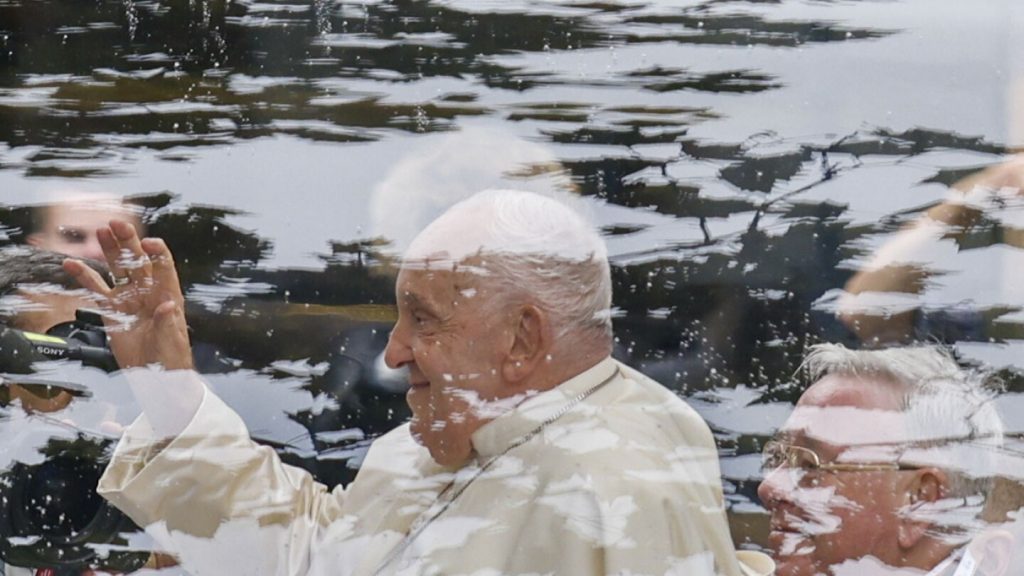Pope Francis’ visit to Belgium was marred by controversy when it was revealed that the composer of a hymn being rehearsed by a specially selected choir for a Mass in Brussels was a priest accused of molesting young women. The composition was quickly removed from the program, but the official Magnificat booklet for the Mass could not be reprinted in time. This incident highlighted the ongoing struggle of the Belgian church to address a history of sexual abuse and cover-ups by its priests and clergy, a legacy that Francis will confront during his visit.
Belgium has been dealing with a deluge of abuse reports for over two decades, with hundreds of known cases officially reported. However, advocates believe that these numbers only scratch the surface, as many victims and perpetrators have either died or the alleged crimes have exceeded the statute of limitations. The church’s inability to adequately address these issues was brought to light when a victim pointed out that a recently deceased composer-priest had been an abuser, leading to a chain of events that ultimately changed the Mass program. This incident has raised concerns about how the church handles cases of abuse and how it can better support survivors.
Debates over what to do with art created by artists who have engaged in problematic or criminal behavior have long been a challenge for both the church and society. While some argue that the art should be separated from the artist, others believe that acknowledging the wrongdoing of the artist is necessary. Recent cases, such as the banning of music by Catholic composer David Haas and the investigation into the mosaics of Rev. Marko Rupnik, have brought these issues to the forefront. The pope’s adviser on child protection and fighting clergy abuse, Cardinal Sean O’Malley, has urged Vatican offices to refrain from displaying Rupnik’s artwork as a gesture of support for abuse victims.
The decision on what to do with artwork created by artists accused of misconduct is complex, especially when their work adorns significant religious sites. While some have opted to cover or remove the art, others have chosen to maintain it due to lack of consensus on the matter. The controversy surrounding the handling of Rupnik’s mosaics has sparked discussions within the church and society at large about accountability, transparency, and justice for survivors of abuse. The resurfacing of these debates underscores the ongoing need for institutions to address past wrongdoings and provide support for those affected.
Church authorities in Belgium have promised to look into the issue of hymns composed by accused abusers once Pope Francis departs. This incident has prompted reflection on how the church selects and promotes art, music, and other cultural works created by individuals with tainted histories. The pope’s visit to Belgium, marked by this controversy, serves as a reminder of the church’s obligation to address cases of abuse and ensure accountability for those responsible. Moving forward, there is a call for greater transparency, support for survivors, and a re-examination of how the church handles problematic art and artists within its institutions.


